Photo by Neenawat Khenyothaa in Thailand
Our Ethical Lifestyle is the Key for a Better Future
Nature is a home for all lives. Forests, for example, provide numerous resources, such as wood, water, food as well as the air that we breath. Asia, with its rapidly growing economy, is the most populous continent on Earth. Expanding human settlements, plantations, industry, and its infrastructure have extraordinarily impacted tropical forests, rivers, oceans, and nature’s biodiversity, which in turn affects humanity’s well-being. The fashion industry is directly related to these issues. Our ethical lifestyle and “A respectful and caring mind” for nature are the crucial keys of the planet’s future.

A seal from the Horsey colony in UK was caught in a discarded fishing net. The seal was later freed. Millions of animals are killed by plastics every year, from birds to fish. (Photo by Ian Dyball)
Most clothing are wasted !
Less than 1 % of used clothing is recycled into new garments. The Ellen MacArthur Foundation estimates that every year some USD 500 billion in value is lost due to clothing that is barely worn, not donated, recycled, or ends up in a landfill.

The plastic pollution in Thailand. Microplastics, which are tiny plastic particles have been extremely affecting marine life and they can spread throughout the food chain. (Photo by Stephane Bidouze)
Impacts of the Fashion Industry on the Environment
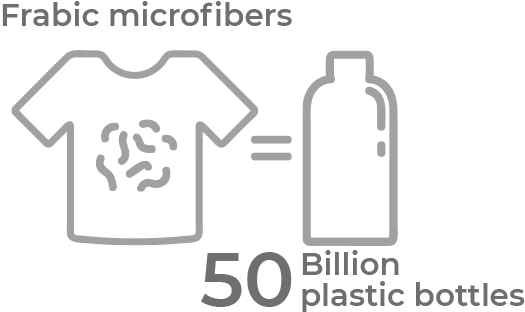
Every year half a million tons of textile plastic microfibers are dumped into the ocean. That is equivalent to 50 billion plastic bottles.
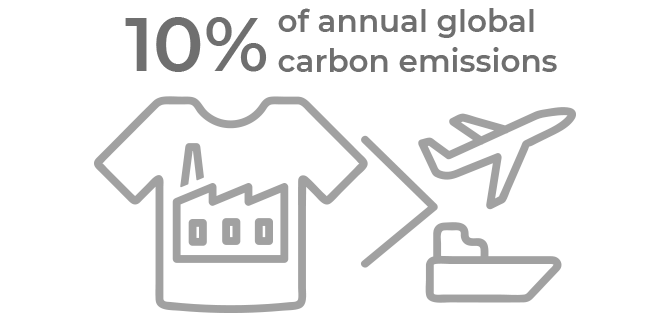
The fashion industry is responsible for 10% of annual global carbon emissions.That is more than all international flights and maritime shipping combined!
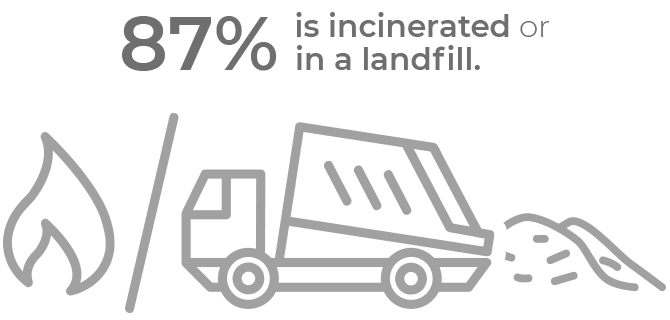
Of the total fiber input used for clothing, 87 % is incinerated or disposed of in a landfill.
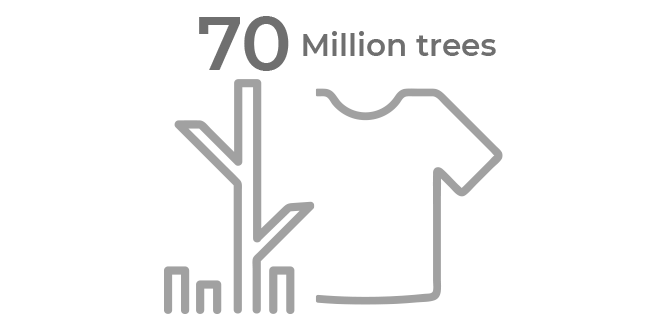
70 million trees are cut down each year to make fashion fabrics.
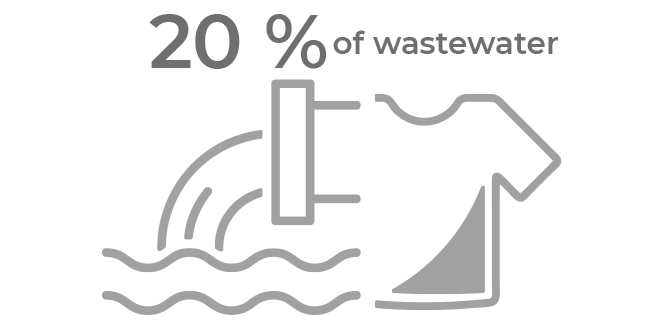
Around 20 % of wastewater worldwide comes from fabric dyeing and treatment.
Every year the fashion industry use 93 Billion cubic meters of water enough to meet the consumption needs of 5 Million people.
What can we do
as consumers?
![]() Before buying, check if the
Before buying, check if the
clothing was made
in a sustainable way.
![]() Be creative in combining
Be creative in combining
garments and recycle them
after they wear out.
![]() Repair clothing.
Repair clothing.
![]() Donate what you no
Donate what you no
longer use.
![]() Buy only what you need. In
Buy only what you need. In
some countries 40 % of
purchased clothing is never
used.
![]() Consider quality over
Consider quality over
quantity.
![]() Be a smart laundry manager
Be a smart laundry manager
— for example, wash full loads
and use non-abrasive
detergents.
(References : World Bank’s Feature Story)
References and for further information:
World Bank’s Feature Story” How Much Do Our Wardrobes Cost to the Environment?”
www.worldbank.org/en/news/
feature/2019/09/23/costo-moda-medio-ambiente
World Wildlife Fund Inc./ WWF www.worldwildlife.org
Ellen MacArthur Foundation www.ellenmacarthurfoundation.org
SUSTAIN YOUR STYLE www.sustainyourstyle.org
National Geographic https://www.nationalgeographic.org/encyclopedia/microplastics/











